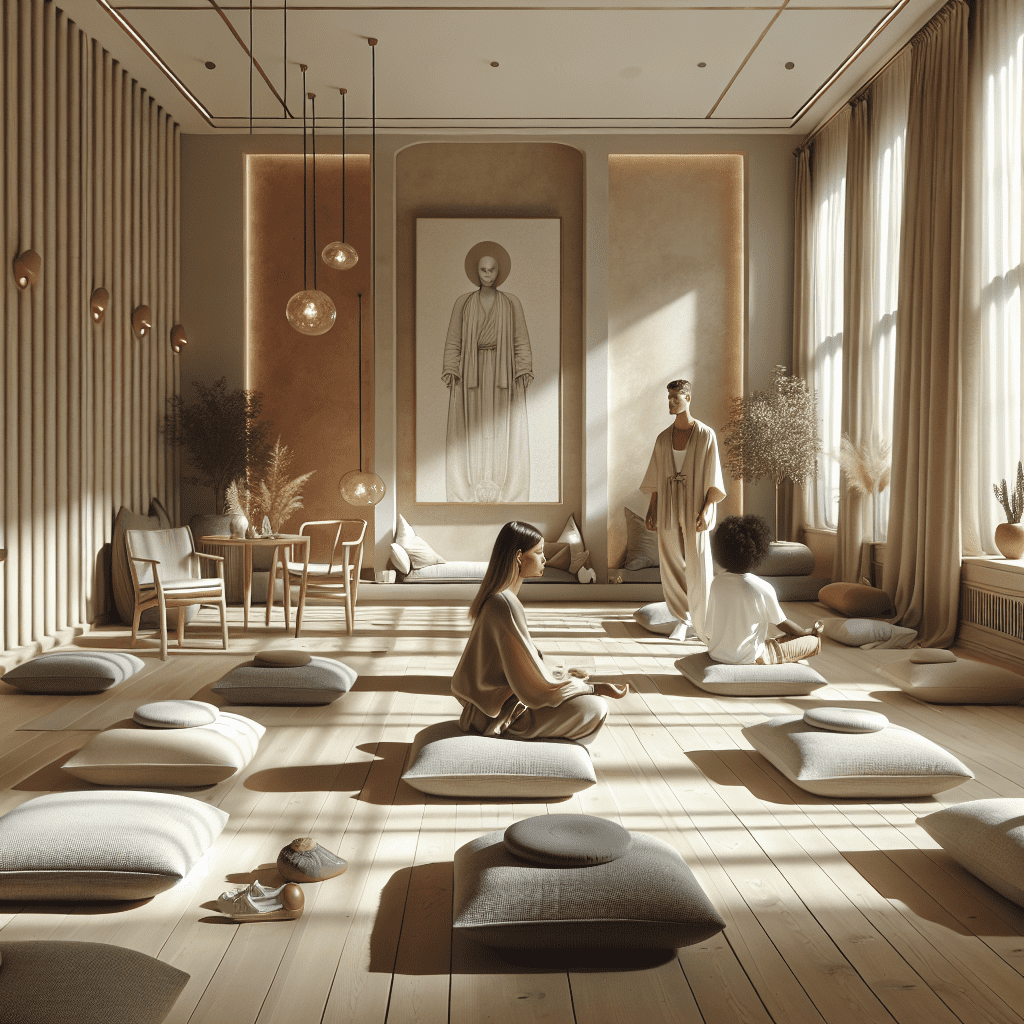
Prioritize your mental well-being daily. Enhance your life by nurturing your mental health with the Smart Meditation app. Break free from stress, alleviate anxiety, and enhance your sleep quality starting today.
Are Women More Likely To Have Anxiety?
Untangling the Web of Anxiety: A Gendered Perspective
In the labyrinth of mental health, anxiety frequently emerges as a formidable foe, casting a shadow over the lives of many. Yet, as we navigate through the twists and turns of this complex condition, a pattern appears to surface, suggesting a difference in the way men and women experience anxiety. The question that lingers in the air, dense like fog, is: Are women more likely to have anxiety?
The Facts: What Does the Research Say?
Diving straight into the heart of the matter, research indeed points toward a gender disparity in anxiety prevalence. According to various studies, women are about twice as likely to suffer from anxiety disorders as men. This isn’t just a number pulled out of a hat; it’s a recurring statistic backed by multiple sources, including the Anxiety and Depression Association of America (ADAA). But why is this the case? Let’s peel back the layers.
Biological Differences
First off, let’s talk shop about hormones. Estrogen and progesterone, the primary female hormones, have been shown to play a role in the modulation of mood and anxiety levels. Fluctuations in these hormones, which can occur during menstrual cycles, postpartum, and menopause, may increase susceptibility to anxiety in women.
Moreover, cortisol, the stress hormone, behaves differently in the female brain, potentially making women more sensitivity to stress triggers. It’s as if the body’s alarm system is set on a hair trigger, making women more prone to anxiety responses.
Societal and Cultural Factors
Shifting gears, we can’t overlook the impact of societal and cultural expectations. Women often juggle multiple roles—careerwoman, caregiver, homemaker—like a circus performer spinning plates. The pressure to excel in all these domains, coupled with the societal stigma of showing vulnerability, can ratchet up stress levels, laying fertile ground for anxiety to sprout.
Furthermore, women are more likely to experience trauma, such as sexual assault or intimate partner violence, which can lead to post-traumatic stress disorder (PTSD), a specific subtype of anxiety.
The Reporting Bias Wormhole
But wait, there’s a twist in the tale. Some argue that the gender gap in anxiety might not be as wide as it seems. This perspective suggests that men may be equally affected by anxiety but are less likely to seek help or report their symptoms due to the stigma of appearing weak. Men, society whispers, must be stoic rocks, unshaken by emotional turmoil.
Charting the Path Forward
So, where do we go from here? Recognizing the gendered nuances of anxiety is just the first step. The journey ahead involves:
- Breaking Down Barriers: Creating a culture that dismantles stigma, encouraging everyone, regardless of gender, to seek help.
- Tailored Therapies: Recognizing and incorporating gender-specific factors in treatment plans can pave the way for more effective interventions.
- Empowering Through Education: Knowledge is power. Educating the public about the biological, societal, and psychological factors at play can lead to greater empathy and understanding.
In concluding, while women are statistically more likely to suffer from anxiety, the picture is nuanced, influenced by a cocktail of biological, societal, and cultural factors. Let’s not forget the outliers and exceptions. Not all women will experience anxiety, and many men do struggle with it. Understanding this complex tapestry can empower us to support each other and ourselves as we navigate the challenging but surmountable path through the landscape of mental health.





